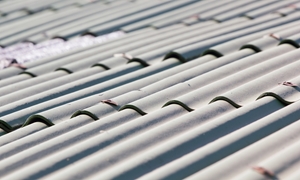
If you're not already familiar with the different measurements used for steel, you may soon find yourself a little uncertain during the design process of your custom designed shed.
For example, at Shed Boss we will refer to the BlueScope Steel materials we utilise in terms of 'BMT', which is a measurement of steel thickness. However you may also see reference to something that sounds similar called 'TCT', which also appears to measure thickness.
So what exactly do these two acronyms mean?
Base metal thickness (BMT)
Base metal thickness is the standard measurement used in the Australian steel construction market, according to BlueScope. It refers to the thickness of the structural metal, without considering any additional coatings, colours and so on.
Total coated thickness (TCT)
Total coated thickness, on the other hand, is a thickness which includes coats. For example, where BMT refers to the metal itself, TCT may also include metal coatings, primers and paint layers. Due to this, the TCT will be higher than the BMT.
Comparing the two
It's important that your steel is measured in the Australian standard of BMT, because if you were to use TCT, an engineer or builder may not realise, and the steel used in your shed could be too thin to support the structure.
For example, if you need a BMT of 0.30 millimetres, but you request a TCT of the same number, you will only receive a product with around 0.25 BMT – which means your base material is 16 per cent thinner!
Worried about getting confused? Talk to your local Shed Boss about our complete project service, so our professionals can make sure everything is to standard on your behalf.
